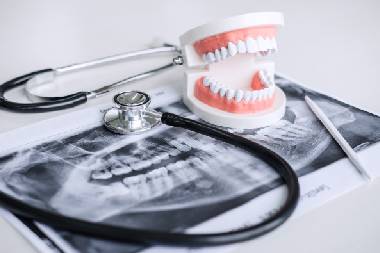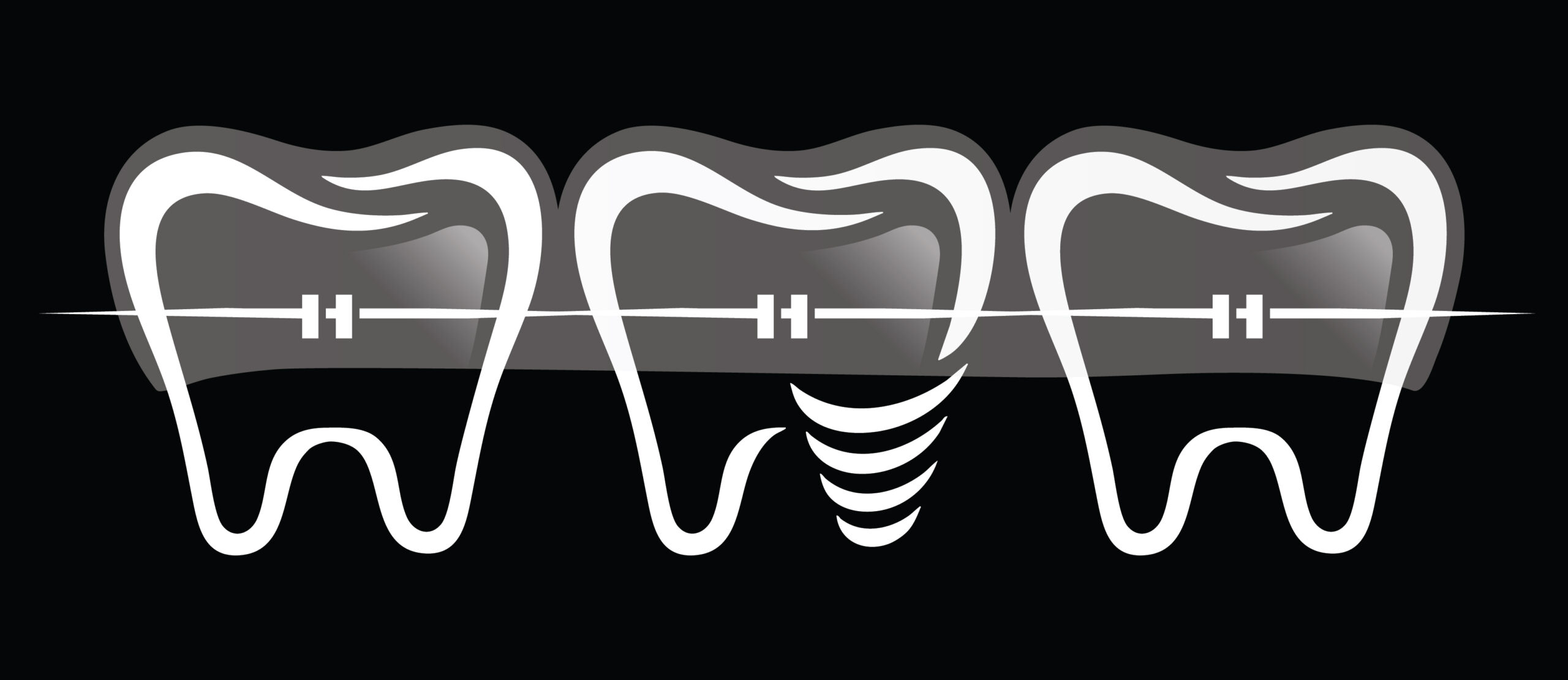Oral Examination& Diagnosis
What is an Oral Examination?
An oral examination is a comprehensive evaluation of the health of your teeth, gums, tongue, jaw, and entire mouth — performed by a dentist or oral health professional.
It’s the first and most important step in diagnosing any dental issues and creating a personalized treatment plan.
Purpose of Oral Examination
| Goal | Details |
|---|---|
| Early Detection | Identify cavities, gum disease, oral cancer, infection, tooth wear, etc. early — before symptoms worsen. |
| Diagnosis | Evaluate symptoms like pain, swelling, bleeding gums, sensitivity, jaw clicking, bad breath, etc. |
| Treatment Planning | Helps your dentist decide what kind of care you need — from cleaning to root canal to braces. |
| Preventive Care | Discuss oral hygiene habits, dietary risks, and get guidance to prevent future problems. |
What’s Included in an Oral Exam?
Depending on whether it’s a routine checkup or for a specific concern, a dentist may do some or all of the following:
1. Visual Examination
Checking each tooth for cavities, cracks, discoloration, or signs of decay.
Examining gums for signs of inflammation (gingivitis) or periodontal disease.
Checking bite alignment, missing teeth, wear patterns, jaw symmetry.
Inspecting lips, tongue, palate, inside of cheeks for abnormalities or lesions.
Looking for signs of bruxism (tooth grinding).
2. Palpation (Touch-Based Exam)
Feeling jaw muscles and lymph nodes for swelling or tenderness.
Checking TMJ (jaw joint) function and movement.
3. Probing & Periodontal Charting
Measuring pocket depth between teeth and gums using a probe — important for diagnosing gum disease.
Checking for bleeding on probing, gum recession, bone loss signs.
4. X‑Rays / Radiographs (If Needed)
Bitewing, periapical, or panoramic x-rays to detect:
Hidden decay under fillings or between teeth
Bone loss
Impacted teeth
Abscesses or cysts
Root canal issues
Often taken once a year or if there’s a concern.
5. Oral Cancer Screening
Checking for unusual lumps, red/white patches, or sores in the mouth, throat, or tongue.
Especially important for people who smoke or chew tobacco.
Diagnosis & Next Steps
Once the examination is complete, the dentist will:
Review findings with you.
Show x‑rays or photos (if taken).
Explain any conditions (e.g. “incipient decay” or “Stage I periodontitis”).
Suggest a treatment plan (cleaning, fillings, orthodontics, extraction, etc.)
Give preventive advice (brushing technique, flossing, fluoride, diet).
How Often Should You Have an Oral Exam?
| Risk Group | Recommended Frequency |
|---|---|
| Healthy Adults | Every 6 months |
| People with gum disease, diabetes, or heavy plaque | Every 3–4 months |
| Children | Every 6 months from age 1 or when first tooth erupts |
| Smokers, tobacco users, or high cavity risk | More frequent exams may be needed |
Why It Matters
A regular oral examination isn’t just about checking for cavities — it’s about safeguarding your overall health, because:
Oral infections can affect heart health, diabetes control, and more.
Oral cancer is often painless and silent in early stages.
Small dental issues caught early are easier and cheaper to treat.

